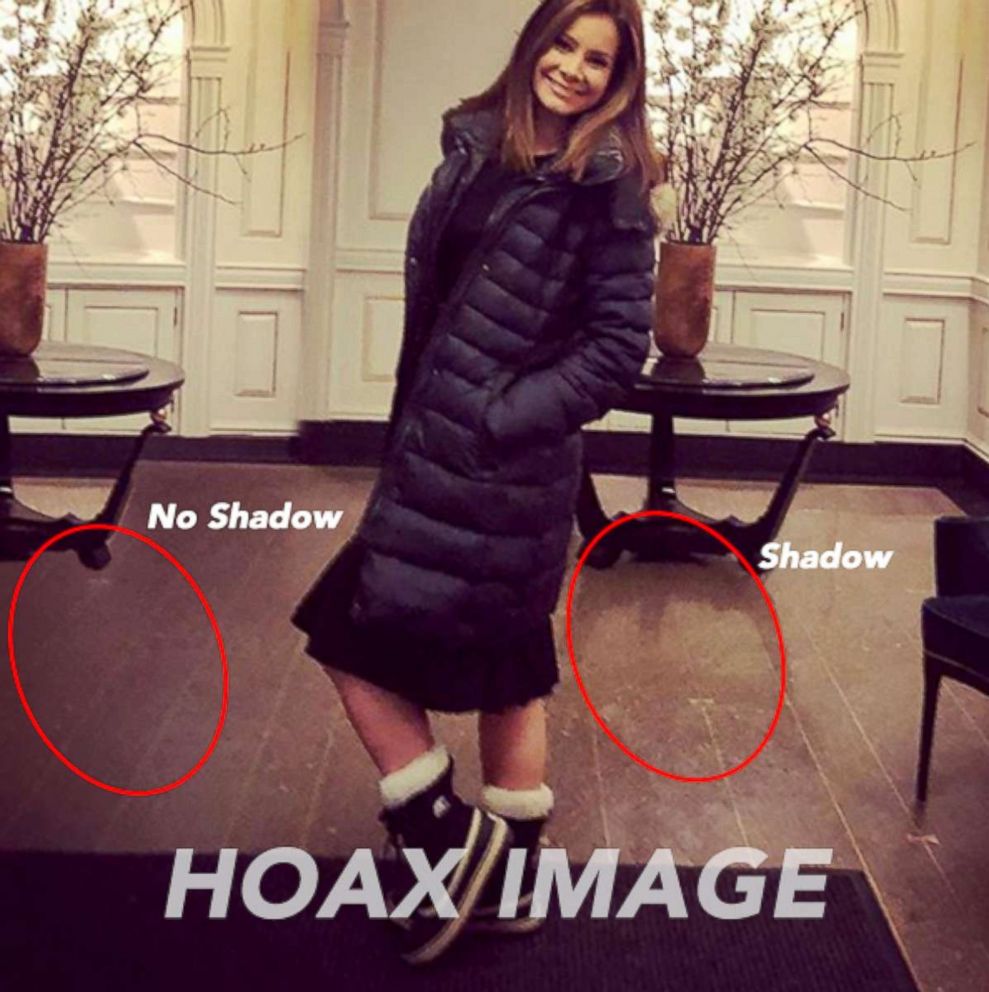How to spot fake photos online in 3 basic steps
Know the basics.
A doctored photo of Parkland school shooting survivor-turned-activist Emma Gonzalez showing her ripping apart the Constitution recently went viral on social media, igniting a firestorm.
The photo, taken from a Teen Vogue cover shoot showing Gonzalez ripping apart target paper, was modified to show her with the Constitution.
A fake GIF, tweeted out by a group billing itself as “the free speech social media network on Twitter,” showing an animated version of Gonzalez tearing the Constitution, also made waves.
According to Teen Vogue chief content officer Phillip Picardi, the target paper was "… really was a metaphor for the fact that these kids don't want to be targets for shooters and for violence anymore."
Though the group who tweeted the fake GIF referred to it as a “satirical meme,” the problem remains that technology used to create fake images and videos like this is more accessible than ever before.
The best way to combat fake images and GIF online? Knowing the basics of how to spot phony images from the get-go, and most of all, just trust your gut.
We took a photograph from ABC News chief business, economics and technology correspondent Rebecca Javis’ Instagram and doctored it. Can you spot the qualities that make it fake?
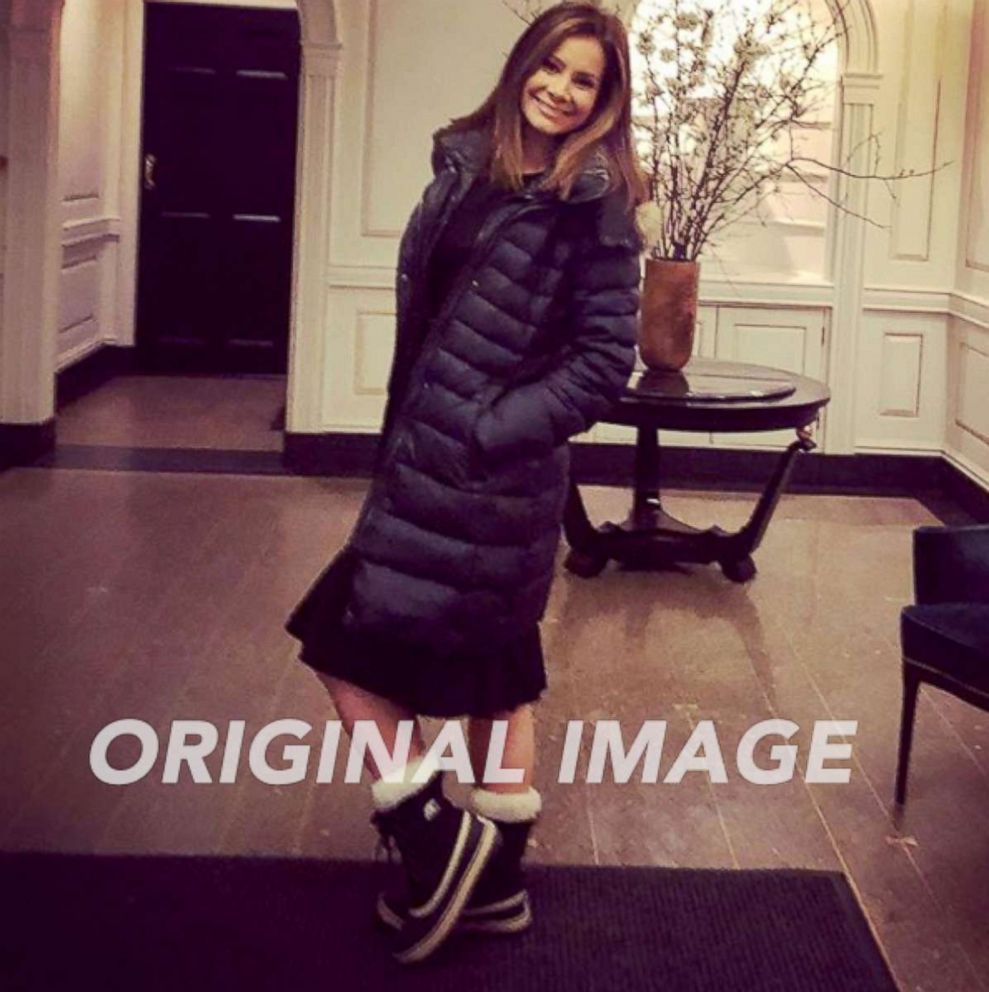
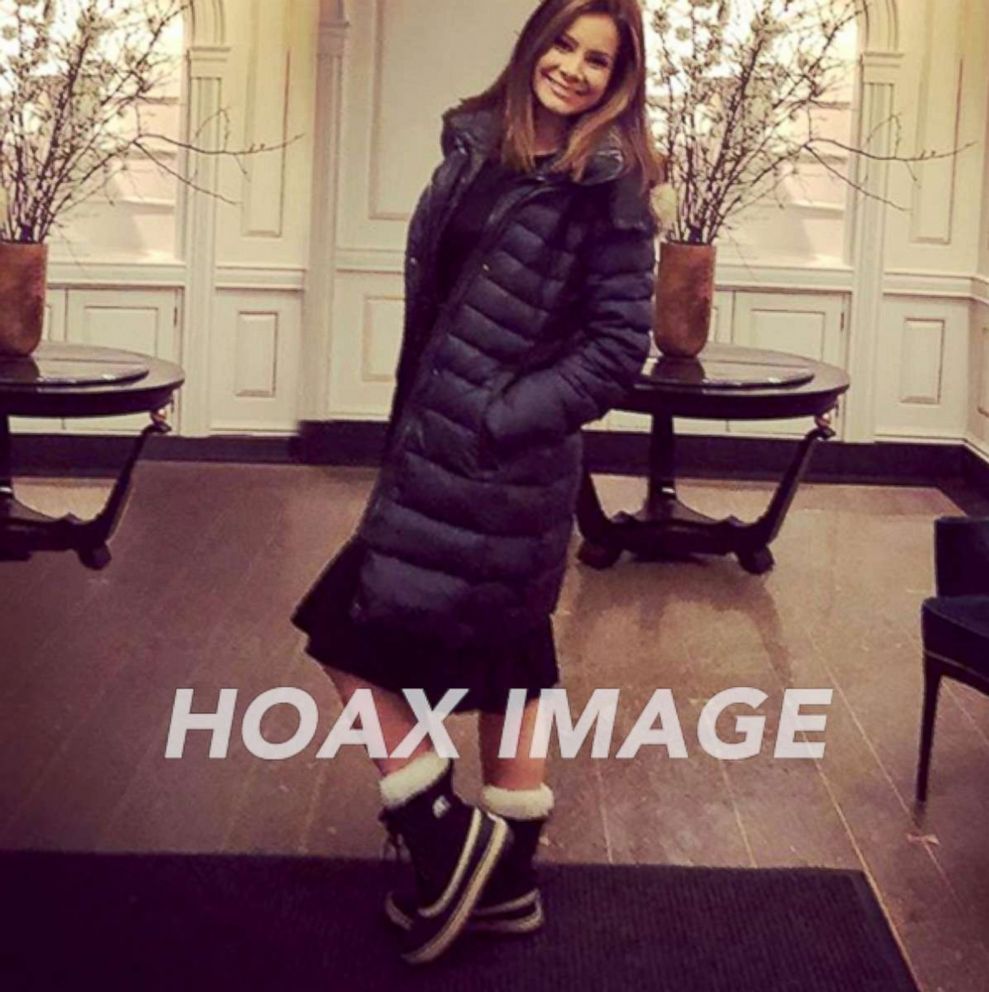
3 basic ways to spot phony photos online:
Asymmetrical or warped straight lines: One of the most obvious signs of a bogus image are straight lines not matching up where they should. In this close-up of our hoax image, you can see the trim on the wall being totally out of place. Follow the line of the wall from top to bottom and you will notice the baseboard is cut off.
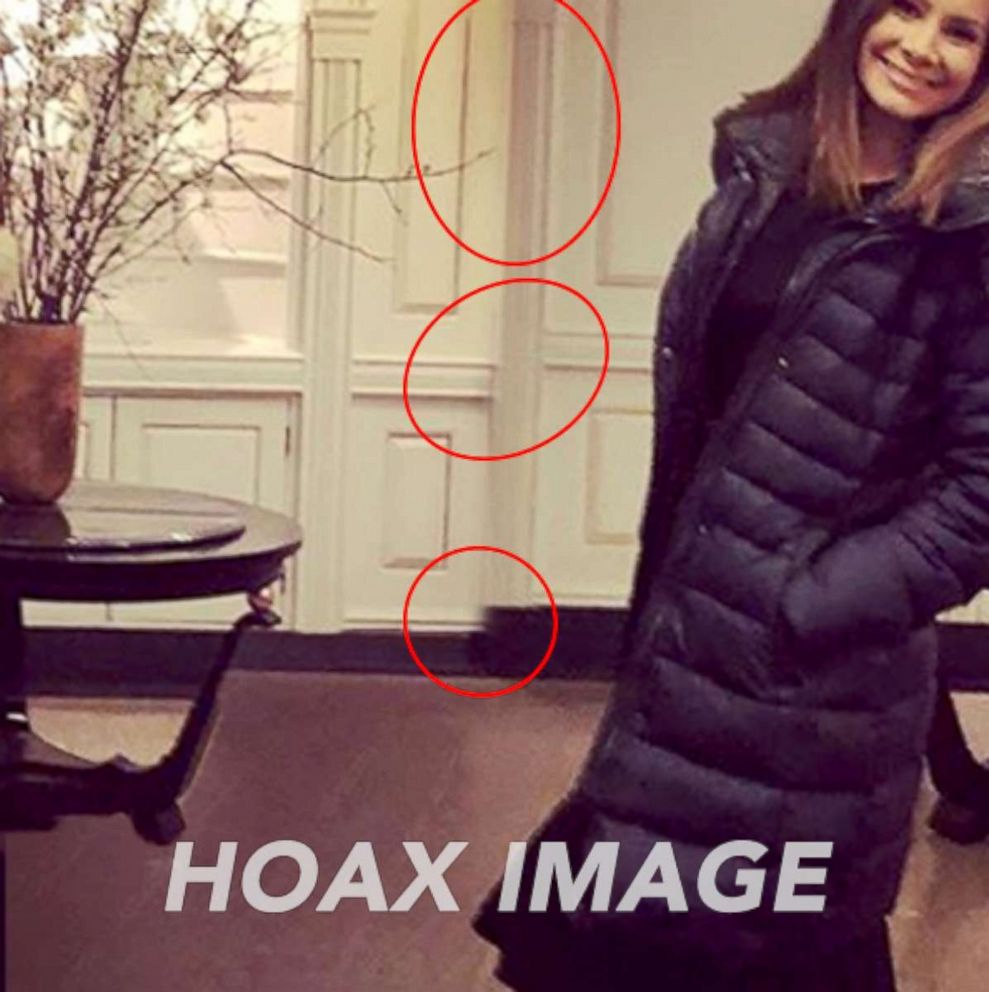
Blurred edges or change in quality: Oftentimes, when a new image is layered over another and parts of that image are sized differently, the apparent quality of one part of the image is different than another. The edges around an image that doesn’t belong are usually blurred or pixelated. This happens when the creator is blending and placing together multiple images.
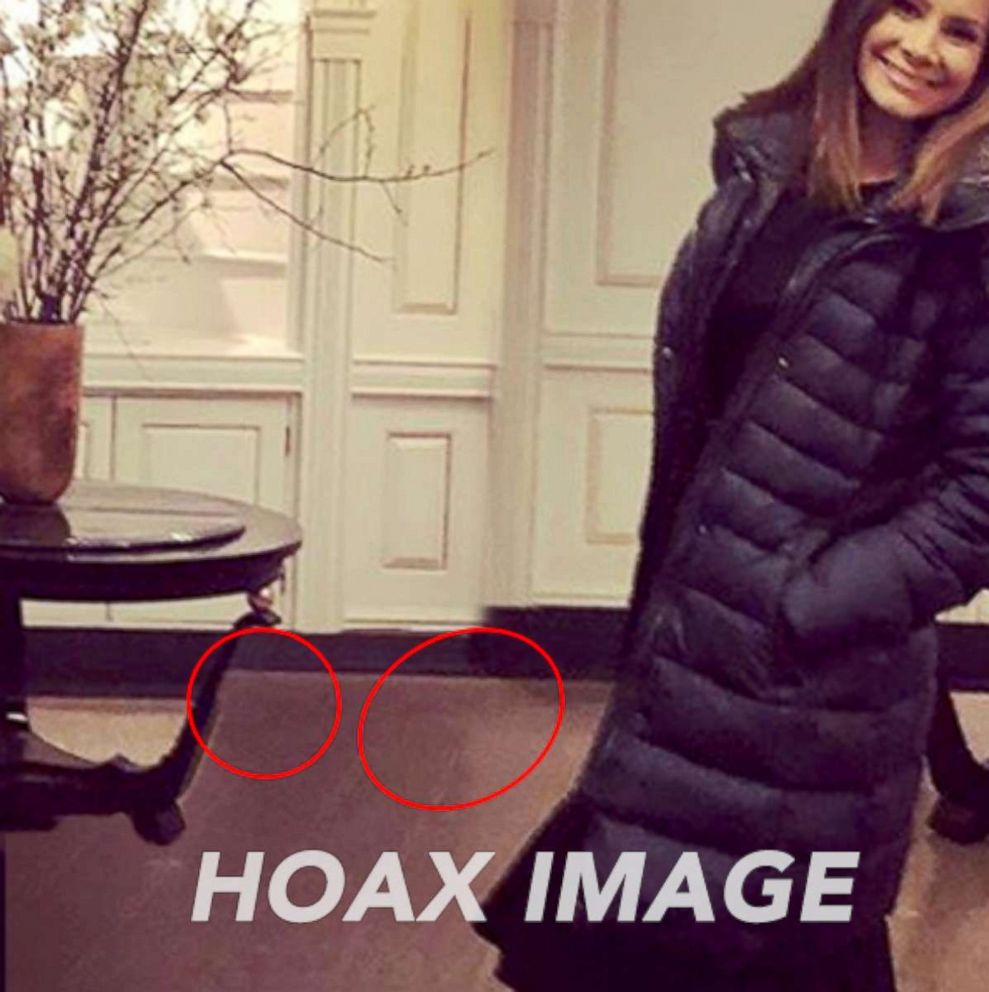
Shadows: A missing shadow in a photo signals an obvious photo forgery. Attention to the origin and direction of light in an image requires some slight investigation over what initially meets the eye. In this case, the reflection of the table on the wood floor in one but not the other is a clear indicator the image is a fraudulent one.
